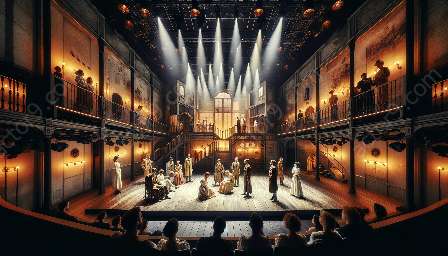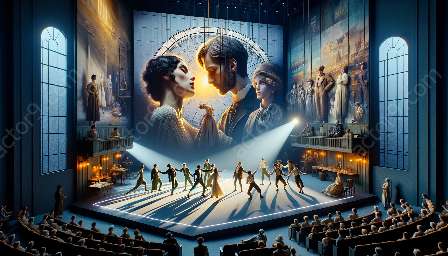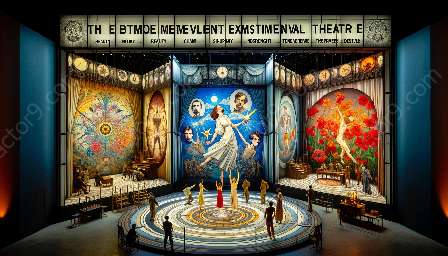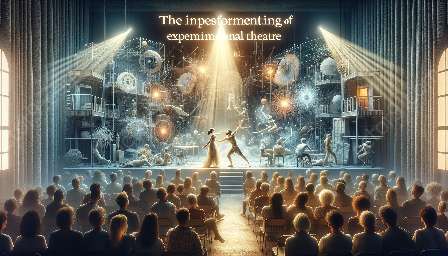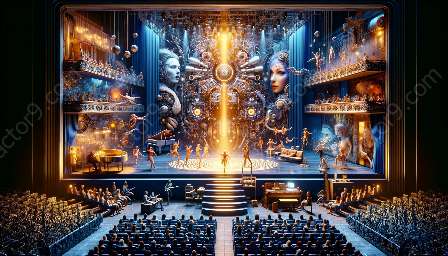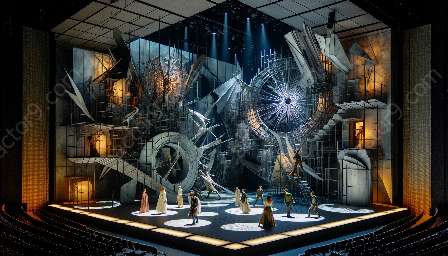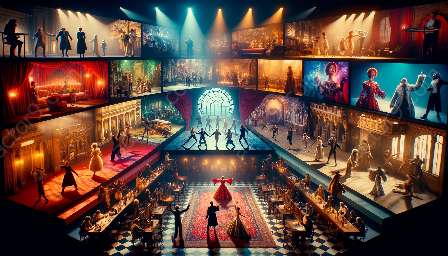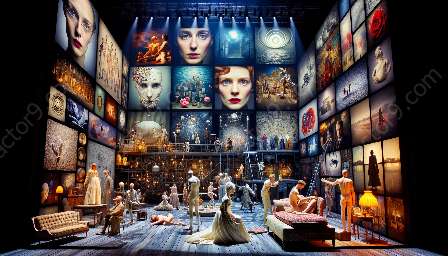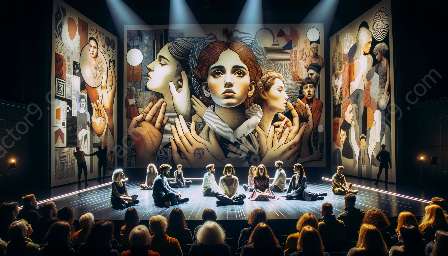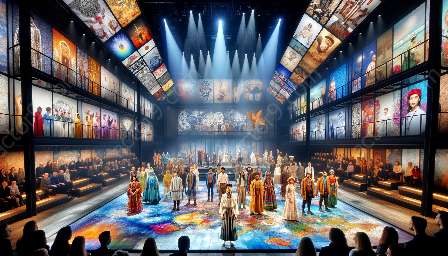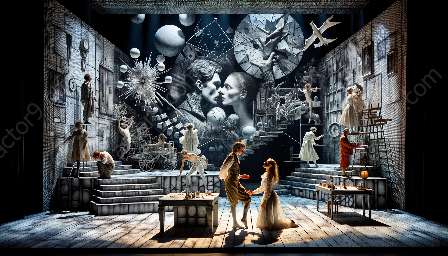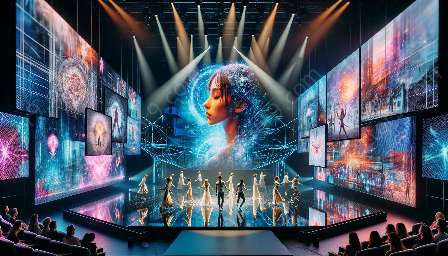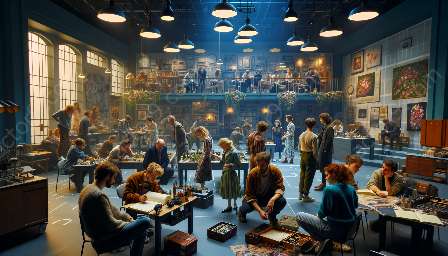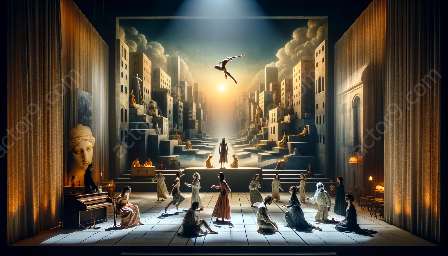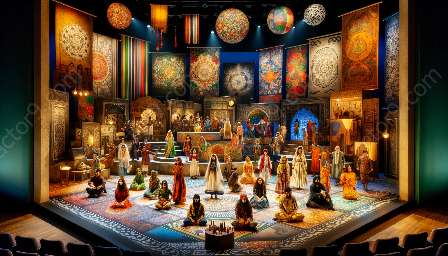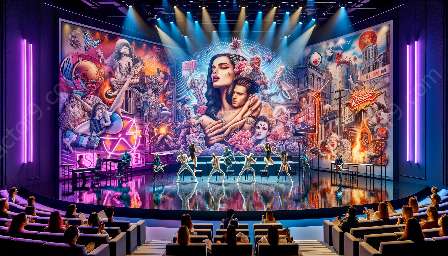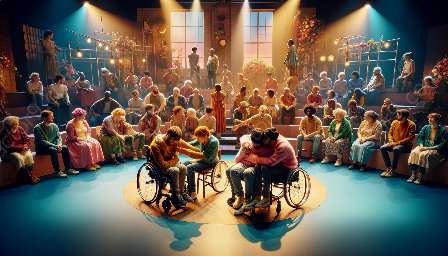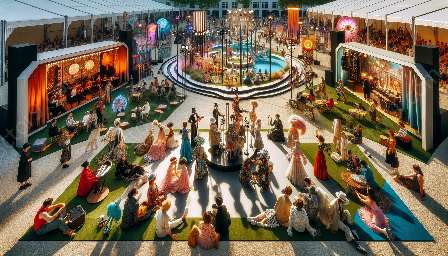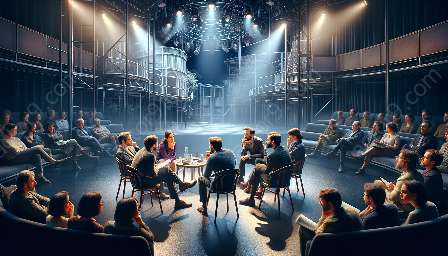Experimental theatre is a rich and diverse art form where the lines between performers and audience members often blur, creating a unique interactive experience. The influence of audience interaction on design in experimental theatre productions is profound and multifaceted, impacting every aspect of the performance from the stage design to the overall experience.
The Concept of Audience Interaction in Experimental Theatre
Experimental theatre places a strong emphasis on engaging the audience in new and innovative ways. Unlike traditional theatre, experimental productions often break the fourth wall, encouraging direct interaction between performers and audience members. This approach challenges the conventional notion of passive spectators, leading to a dynamic and participatory relationship between the audience and the performance.
Exploring the Impact on Stage Design
The design of the stage in experimental theatre is inherently influenced by the anticipated audience interaction. The spatial layout, set elements, and overall aesthetics are carefully crafted to facilitate various forms of engagement, such as immersive experiences, interactive installations, and unconventional seating arrangements. The stage becomes a dynamic canvas that adapts to the fluid exchange between performers and audience, enhancing the overall impact of the production.
Aesthetic and Functional Considerations
The influence of audience interaction also extends to the aesthetic and functional aspects of stage design. Designers must balance artistic creativity with practical considerations, ensuring that the environment supports and enhances the interactive dynamics. This may involve the integration of technology, multi-sensory elements, and adaptable structures that respond to the evolving interactions throughout the performance.
Emotional and Psychological Engagement
By considering audience interaction, designers have the opportunity to evoke powerful emotional and psychological responses. The stage design can actively shape the audience's perceptions and reactions, fostering a deeper sense of connection and immersion. Whether through spatial manipulation, lighting effects, or interactive props, the design becomes a vital tool for generating heightened engagement and sensory exploration.
Collaborative Creativity
Experimental theatre thrives on collaborative creativity, and the influence of audience interaction on design reinforces this principle. Designers, directors, and performers often engage in interdisciplinary collaboration to conceive and execute innovative design concepts that seamlessly integrate interactive elements. This collaborative approach fosters an environment where each artistic contribution is interconnected, leading to cohesive and impactful design outcomes.
Enhancing the Overall Experience
Ultimately, the symbiotic relationship between audience interaction and design enhances the overall experience for both the spectators and the performers. The immersive and participatory nature of experimental theatre allows for a more profound and intimate connection, blurring the boundaries between art and life. Through thoughtful and purposeful design, the audience's role evolves from passive observers to active co-creators, amplifying the transformative power of experimental theatre.

